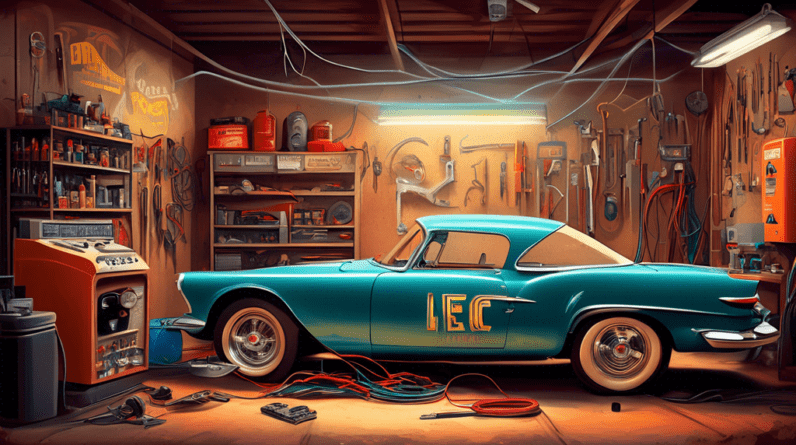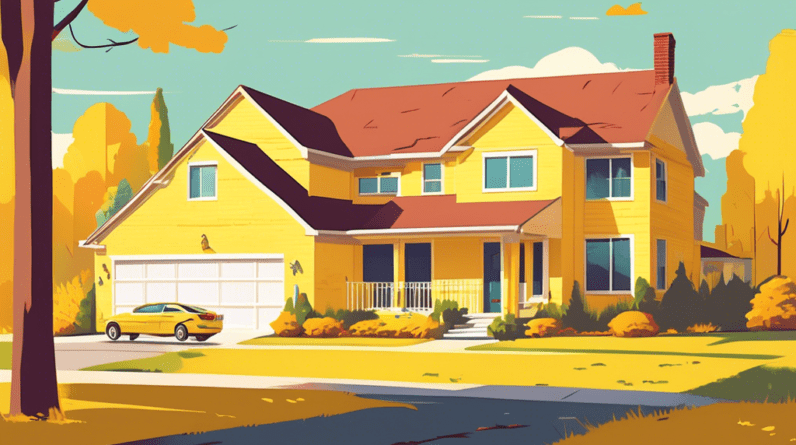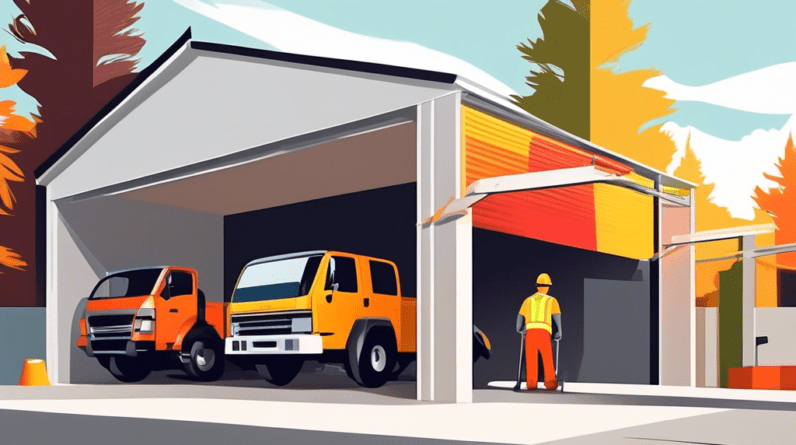
Revving Up Sustainability: Cars Converted to Electric Power at Cape Girardeau Garage
In the heart of Missouri, a quiet revolution is underway. Cape Girardeau, a city known for its rich history and charming riverfront, is now witnessing a surge in a different kind of horsepower – electric horsepower. A local garage, at the forefront of this green movement, is breathing new life into classic cars by converting them into electric vehicles (EVs).
The Rise of Electric Conversions
As the world shifts gears towards sustainable practices, the automotive industry is undergoing a seismic transformation. Electric cars, once a futuristic concept, have become a common sight on roads worldwide. However, the allure of classic cars remains timeless. Many enthusiasts are hesitant to part with their beloved vintage vehicles but yearn for the efficiency and environmental friendliness of EVs. This is where electric conversions come into play.
Electric conversions involve replacing a car’s internal combustion engine (ICE) with a fully electric powertrain. This includes an electric motor, battery pack, and associated components. While it might sound like something out of a science fiction movie, the technology is very real and becoming increasingly accessible.
The Cape Girardeau Connection
[Insert Garage Name], a renowned automotive garage in Cape Girardeau, has taken on the mantle of electrifying the city’s classic car scene. With a team of skilled mechanics and a passion for innovation, they are transforming vintage vehicles into eco-friendly marvels.
The garage’s approach to conversions is characterized by meticulous attention to detail and a commitment to preserving the original character of each car. They understand that classic car owners are deeply connected to their vehicles’ history and aesthetics. Therefore, they ensure that the conversion process seamlessly integrates the electric powertrain while maintaining the car’s unique charm.
The Conversion Process: From Gas Guzzler to Eco-Warrior
Converting a car from gasoline to electric power is a complex process that requires expertise and precision. At [Garage Name], the transformation typically involves the following steps:
1. Assessment and Consultation:
The journey begins with a thorough assessment of the car. The team evaluates its condition, performance history, and structural suitability for an electric conversion. This is followed by a detailed consultation with the owner to understand their expectations, driving habits, and budget considerations. This collaborative approach ensures that the conversion aligns perfectly with the owner’s vision.
2. Component Selection:
Once the assessment is complete, the team recommends the optimal electric motor, battery pack, and other components based on the car’s size, weight, and intended use. Factors like desired range, performance goals, and budget constraints are taken into account. The team educates the owner about the different options available, empowering them to make informed decisions.
3. ICE Removal and Powertrain Installation:
With the components selected, the meticulous process of removing the car’s original engine and transmission begins. This involves disconnecting fuel lines, exhaust systems, and other related components. Next, the new electric motor, transmission adapter, and battery pack are carefully installed. The team ensures that all connections are secure and that the new powertrain integrates seamlessly with the car’s existing systems.
4. Battery Integration and Wiring:
The battery pack, the heart of any electric vehicle, is strategically placed within the car’s frame. This often involves custom fabrication of battery mounts to ensure optimal weight distribution and safety. The team then meticulously wires the battery to the motor, controller, and other electrical components, creating a closed-loop system that powers the vehicle.
5. Testing and Fine-tuning:
Once the installation is complete, the car undergoes rigorous testing to ensure everything is functioning flawlessly. The team checks the motor’s performance, battery range, charging capabilities, and all other critical systems. They also fine-tune the car’s acceleration, regenerative braking, and overall driving experience to meet the owner’s preferences.
Benefits Beyond the Environment
The benefits of converting a classic car to electric extend beyond environmental responsibility. Owners who have made the switch rave about the enhanced performance, reduced maintenance, and unique driving experience.
1. Enhanced Performance:
Electric motors deliver instant torque, resulting in exhilarating acceleration and smooth, silent operation. Classic cars, often limited by their aging engines, experience a revitalized performance with electric power. The precise control of electric motors also allows for features like regenerative braking, which captures energy during deceleration and feeds it back to the battery, further enhancing efficiency.
2. Reduced Maintenance:
Electric cars have far fewer moving parts than their gasoline-powered counterparts, translating to significantly reduced maintenance requirements. With no oil changes, spark plug replacements, or exhaust system repairs, owners can spend more time enjoying their cars and less time worrying about upkeep.
3. Unique Driving Experience:
The near-silent operation of electric cars offers a serene driving experience. The absence of engine noise and vibrations allows drivers to appreciate the road and their surroundings more fully. The instant torque and smooth acceleration provide a responsive and exhilarating feel that enhances the overall driving pleasure.
The Future of Classic Cars in an Electric World
The work being done at [Garage Name] and other similar garages across the country is not just about converting cars; it’s about preserving automotive history for a sustainable future. By giving classic cars a new lease on life with electric power, these garages are bridging the gap between nostalgia and innovation.
As electric vehicle technology continues to advance and battery costs decline, electric conversions are poised to become even more accessible. This opens up a world of possibilities for classic car enthusiasts who want to enjoy their cherished vehicles while contributing to a greener planet. The road ahead for the classic car hobby may be electric, and that’s an exciting prospect for both car lovers and the environment.






